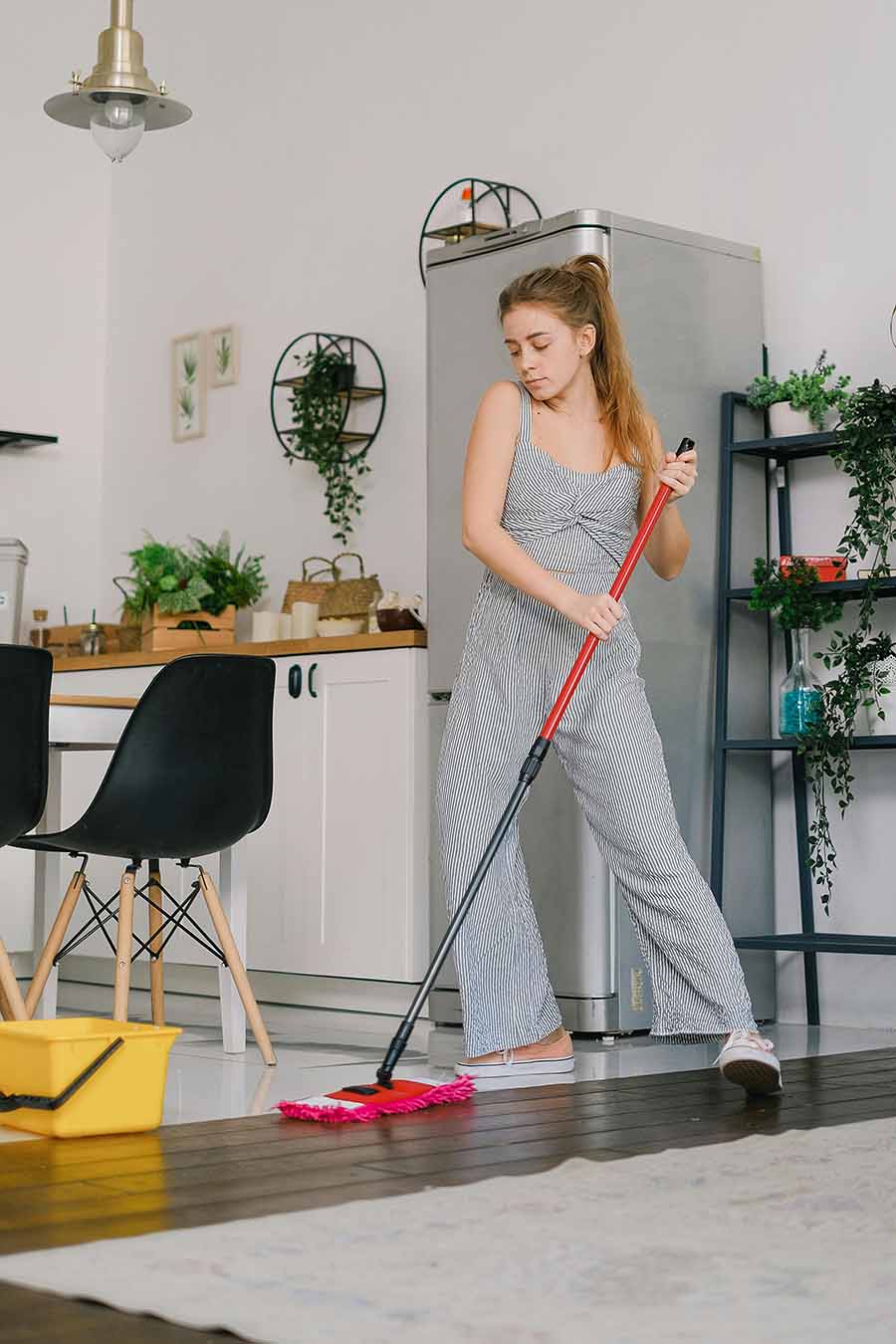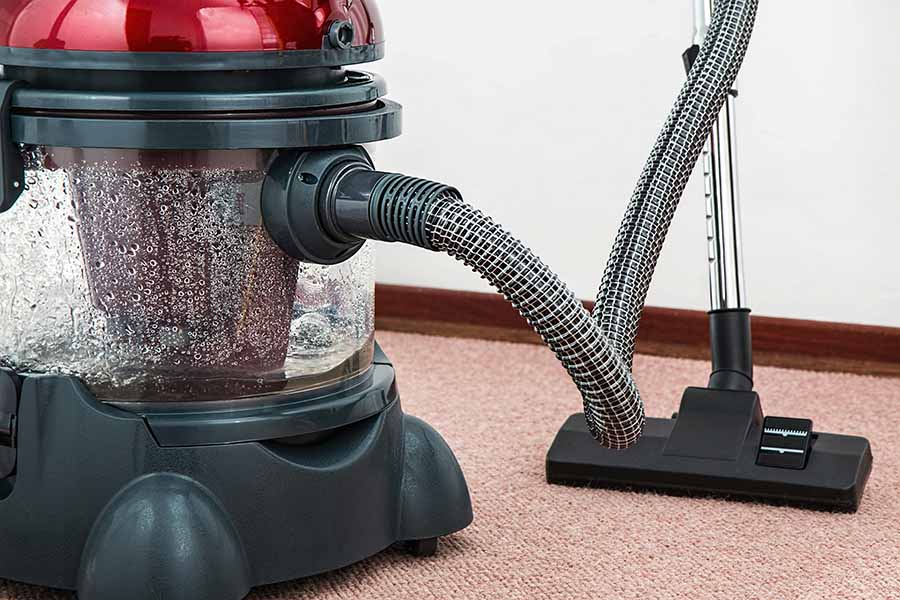When homeowners think of a flooded house they imagine storms with rising rivers and lakes. However, the most common causes of floods are actually plumbing leaks from broken pipes, overflowing washing machines, flooded toilets, and backed up drains. After that, clogged gutters and downspouts cause more floods than rivers and lakes. No matter what the cause, it’s important to take quick action to save the sub-flooring, carpets, and carpet padding since these materials are hard to dry out and can get ruined quickly. Here are some tips on what to do after a flood to prevent a mold infestation.
Of Course, Find The Source And Turn It Off
 Whatever the source of the water, you need to find it fast and get it shut off before too much more water is dispersed. The deeper the water the more problems it causes and the farther into many materials it will penetrate. Be cautious of deep water that has reached electrical outlets as there is a danger of electric shock.
Whatever the source of the water, you need to find it fast and get it shut off before too much more water is dispersed. The deeper the water the more problems it causes and the farther into many materials it will penetrate. Be cautious of deep water that has reached electrical outlets as there is a danger of electric shock.

Once the water has been turned off, the next step is to get the flooded area pumped out immediately. Some fire departments have submersible pumps and will come to your home and help you pump it out. If not, call a flood damage repair company and get them started right away. They’ll have several sizes of pumps with long hoses to get the water pumped out and evacuated as far from the home as possible.
After The Standing Water Is Out, the Job Has Just Begun

The next step in the process of drying out your home is going to involve a team of professionals. They’ll use large commercial wet/dry vacuums to get every last bit of visible water from your home. That means vacuuming the carpets, furniture, and even opening the walls to dry out behind the sheet rock. This is an important step to prevent problems with mold and mildew in the future.
The carpet and pad, even though they were vacuumed, will still be soaked. They are at high-risk of becoming infested with mold since they already have some organic matter from everyday use and now they’re wet. If the source of the water wasn’t contaminated with feces, like from sewer overflows, then the water damage specialists will lift up the carpet and pad from the floor and insert high velocity blowers under the pad and carpet to blow it dry.
These blowers move huge amounts of air and will usually dry a carpet in just a few hours. They will be left in place until every last bit of moisture is gone, and then a little longer to be sure. It’s important that the sub-floor underneath the pad is dry to the touch as well since many of those materials aren’t water resistant.
If The Flood Water Was Tainted
This is a question that only professionals can help you to decide. Some types of water, like from a broken fresh water pipe, are clean and pose no biological hazard. From there, every other kind of water source gets dirtier and more contaminated. When you get to mainline sewage overflows from the street, that’s 100% contamination. Everything in between is a different level.
In some cases, there is no point in drying out a carpet and pad because the contamination is too severe to ever be confident that it’s clean again. That carpet will have to be torn out, the sub-flooring sanitized and then new pad and carpet installed. Depending on the source of the flood, your homeowners insurance policy may be able to help pay for the clean up and replacement carpeting. Call you agent for exact details.
If all of this sounds like a lot of work, it’s because it is. If you don’t take care of a flood immediately you risk getting a mold infested carpet and pad. You’ll know when your carpet has mold by the smell. You might not even have to get down to smell it, it will fill your whole house with the musty smell of mold. And, some kinds of black mold are toxic, better to take care of the problem before it gets worse.
In general make sure that you regularly get your St Augustine Carpet Cleaning services in to clean your carpet and maintain it and ensure your carpets longevity.



